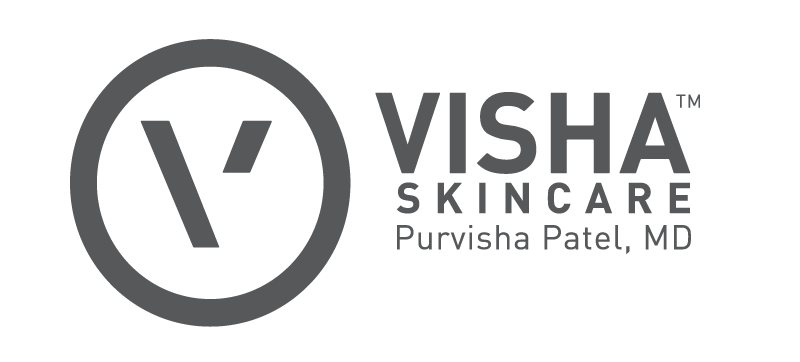Style Caster posted "A Comprehensive Guide to Prescription Acne Treatments and Their Side Effects" featuring Dr. Purvisha Patel.
If you google the words acne treatment, it’ll yield 187,000,000 results in 1.16 seconds. Now, as proud as we are of Google for doing a great job on finding information for us, working our way through 187,000,000 results seems like a task straight from hell. Plus, all those results are teeming with different advice, information and recommendations. Thus, when it comes to how to treat our acne, we wonder, what’s the truth, the whole truth, and nothing but the truth?
So, instead of scouring the list to find the truth, we decided to curate the truth. That means a comprehensive list of acne treatments, who they work for, and their side effects all in one convenient place— right here. We talked to board-certified dermatologist Purvisha Patel, MD, founder of Visha Skincare, to get the official word(s) on acne and the seemingly never-ending laundry list of treatments.
Topicals
A topical acne treatment means it’s something you’re applying directly to the skin. This can come in the form of a gel, lotion or pad, depending on what’s prescribed (or bought at the drugstore) to you. Dr. Patel says topicals work for “people throughout the acne spectrum from comedonal [whiteheads, blackheads, and micro-bumps] to cystic [big, red bumps that can hurt and itch].”
Retinoids (Tretinoin, Retin-A, Tazorac)
What Are They?: These are all vitamin A derivatives that help the skin exfoliate/peel the skin and shrink oil glands. This opens clogged pores and reduces oil production to help decrease acne. Side Effects: Skin peeling and irritation. Make sure you make clear to your dermatologist what kind of skin you have on a daily basis—oily, dry, T-zone oily. Just in case the day you see them is not a typical day for you, as this can affect the strength of topical prescribed.
